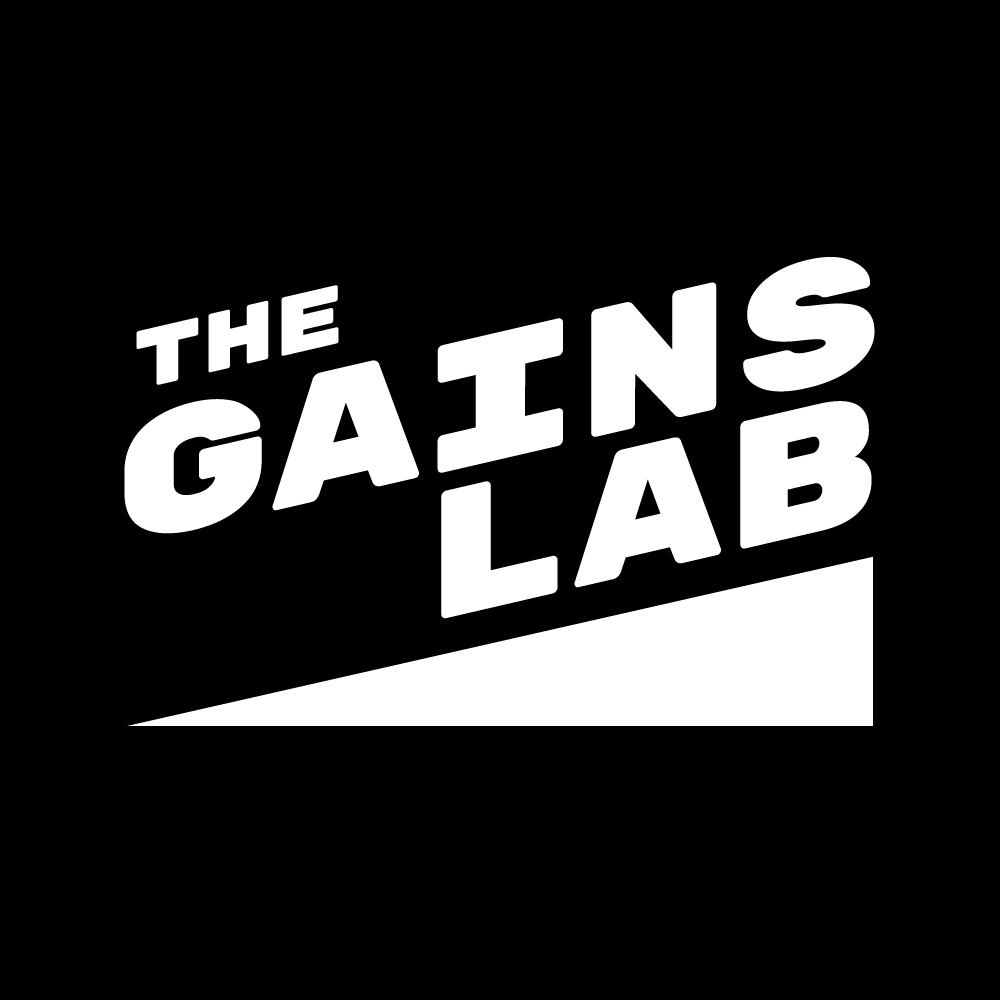Fundamentals of Glycogen Metabolism for Coaches and Athletes
Introduction
The article discusses the importance of glycogen metabolism for athletes, emphasizing the need for sufficient dietary carbohydrates and recovery time to restore muscle glycogen stores. It highlights the practical implications for sports professionals in enhancing training and performance.
Reliance of Carbohydrate Oxidation During Exercise
Muscle glycogen is broken down during exercise to produce ATP, the energy required for muscle contractions. The rate of glycogen degradation depends on the exercise intensity, with higher intensities leading to quicker glycogen depletion. The recommended daily carbohydrate intake varies based on physical activity levels.
Glycogen as a Fuel Source
Glycogen is stored in various cells, including muscles, liver, and brain, and is essential for maintaining blood glucose levels and providing energy. During exercise, muscle glycogen and blood glucose are primary fuels. The brain also heavily relies on glucose, underscoring the importance of maintaining blood glucose levels.
Carbohydrates and Performance
Historical studies have shown the importance of carbohydrates in sustaining exercise performance. Muscle glycogen content significantly impacts endurance performance. Consuming carbohydrates before, during, and after exercise improves performance and speeds recovery.
Whole-Body Glycogen Stores
The total glycogen content in the body is approximately 600 grams, primarily stored in muscles and liver. Intense and prolonged exercise can significantly reduce muscle glycogen levels, emphasizing the need for adequate carbohydrate intake for replenishment.
Shape of the Glycogen Particle
Glycogen particles vary in size and are formed by glycogenin, glycogen synthase, and branching enzymes. These particles are categorized into proglycogen and macroglycogen based on their size and response to dietary carbohydrates.
Location of Glycogen Storage
Glycogen is stored in different compartments within muscle cells, with intramyofibrillar glycogen being the most utilized during exercise. The depletion of intramyofibrillar glycogen contributes significantly to muscle fatigue.
Roles of Glycogen
Besides being an energy source, muscle glycogen acts as a regulator of signaling pathways and influences intracellular osmolality. It plays a role in training adaptations and overall muscle function.
Measurement of Glycogen
Muscle biopsies are a common method to study muscle glycogen levels. Other techniques like nuclear magnetic spectroscopy estimate liver glycogen stores. The glycogen concentration is often measured as millimoles per kilogram of tissue.
Factors Influencing Glycogen Storage
Various factors such as diet, physical activity, and training influence glycogen stores. High carbohydrate diets, proper training, and adequate rest enhance glycogen supercompensation, crucial for sustaining intense physical activity.
Muscle Glycogen Storage
Muscle glycogen synthesis depends on glucose uptake facilitated by insulin. Post-exercise, glycogen synthesis occurs rapidly initially and then at a slower rate. Proper carbohydrate intake is essential for glycogen restoration and supercompensation.
Time Course of Glycogen Replenishment
Restoration of muscle glycogen varies based on the extent of depletion and carbohydrate intake. High carbohydrate diets can restore glycogen within 24 hours, whereas inadequate intake slows down the replenishment process.
Glycogen Storage and Training Capacity
Athletes training intensely need to maintain glycogen levels to sustain performance. Moderate carbohydrate intake is usually sufficient, but high carbohydrate diets can prevent glycogen depletion over prolonged training periods.
Glycogen Resynthesis After Exercise
Post-exercise, muscle cells are primed for glycogenesis. Consuming carbohydrates soon after exercise maximizes glycogen synthesis. Total energy intake also influences the rate of glycogen restoration.
Amount and Type of Dietary Carbohydrate
Long-term glycogen recovery is influenced by the total carbohydrate intake rather than the timing or type. High glycemic index foods can speed glycogen restoration soon after exercise. Athletes can meet carbohydrate needs through various dietary sources.
KEY TERMINOLOGY
Glycogen: A stored form of glucose found in liver and muscle cells, used as a quick energy source during physical activity.
ATP (Adenosine Triphosphate): The primary energy carrier in cells, produced through the oxidation of glucose and fatty acids.
Anaerobic Processes: Energy production processes that occur without oxygen, typically during high-intensity exercise.
Aerobic Processes: Energy production processes that require oxygen, usually predominant during prolonged, low-intensity exercise.
Euglycemia: Normal levels of glucose in the blood, critical for brain function and overall energy balance.
Glycogenesis: The process of synthesizing glycogen from glucose, primarily occurring in liver and muscle cells.
Glycogenolysis: The breakdown of glycogen into glucose, used to produce ATP during exercise.
Glycogenin: An enzyme that initiates the formation of glycogen particles by linking glucose molecules.
Hexokinase: An enzyme that phosphorylates glucose to glucose-6-phosphate, facilitating its use in energy production or storage.
Glycemic Index: A measure of how quickly foods raise blood glucose levels, with high-GI foods causing a rapid increase.
